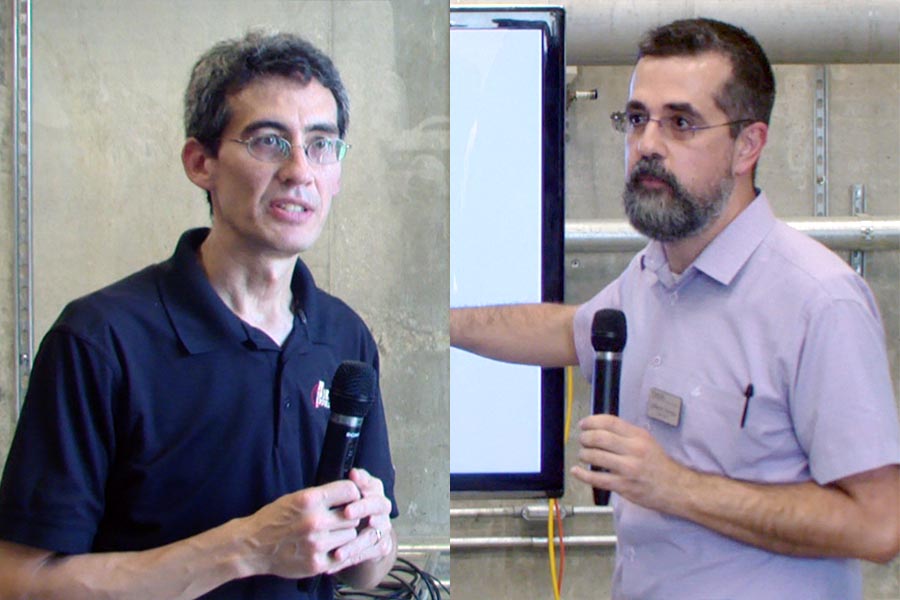Purdue researchers part of NASA initiative to explore ammonia-based jet fuel

NASA's University Leadership Initiative (ULI) funds university-based projects with a focus on NASA's aeronautical research goals, one of which is sustainable aviation. Purdue has been a part of several ULI projects in the past few years, including Advanced Air Mobility aircraft, autonomous cargo aircraft, and sensors for hypersonic vehicles.
For this project, Purdue is teaming up with the University of Central Florida, who are proposing using liquid ammonia (NH3) as a fuel for aircraft. Upon combustion, liquid ammonia produces harmless carbon-free emissions, while still providing enough power to keep the aircraft aloft. It also provides cooling for the engines, while not requiring the special handling of cryogenic fuels.
Both Meyer and Paniagua work on propulsion and aerothermal flows at Zucrow Labs, the largest academic propulsion lab in the world (Paniagua is currently on a Humboldt Fellowship, conducting research in Germany). Meyer will be responsible for experimental validation of NH3 combustion at engine representative conditions, while Paniagua will be responsible for the development of supercritical CO2 turbomachinery and heat exchangers, and overall engine modelling.
Other partners include Georgia Tech, GE, Boeing, ANSYS, Southwest Research Institute, and the Greater Orlando Aviation Authority.
Writer: Jared Pike, jaredpike@purdue.edu, 765-496-0374
Source: Terrence Meyer, trmeyer@purdue.edu
Guillermo Paniagua, gpaniagua@purdue.edu
